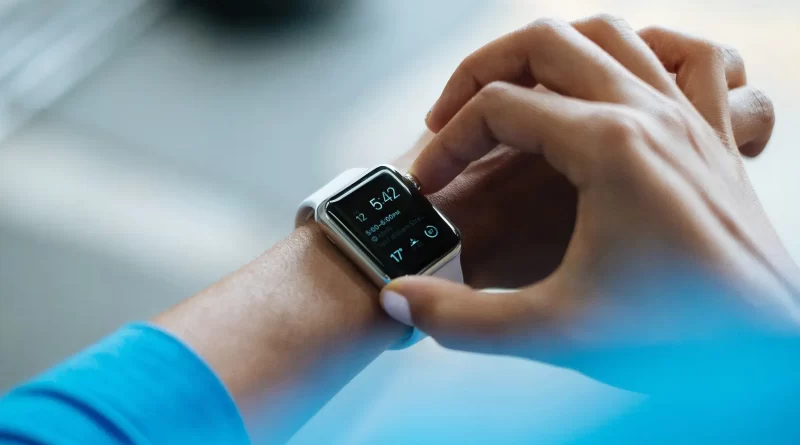The Latest Innovations in Smartwatches and Fitness Trackers
Wearables are in a great position for growth. While smartwatches have gotten most of the attention, fitness trackers are also growing quickly.
The newest fitness trackers have sensors that go far beyond the basic steps counted and calories burned of past devices. They can monitor your heart health, provide personalized coaching, and offer more sophisticated features for tracking a variety of metrics.
Health Monitoring
In addition to providing entertainment and communications functions, many smartwatches and fitness trackers have built-in health monitoring features. These include the ability to measure heart rate, systolic and diastolic blood pressure, blood oxygen levels, sleep quality, and more.
Many models even monitor your location using GPS, alerting your loved ones and emergency services if you’re in danger. Other features such as emergency SOS and fall detection help to keep you safe, whether you’re hiking in the mountains or taking a stroll around the block.
Some smartwatches also have a dedicated glucose monitor to detect and notify you of low glucose levels. This is especially useful if you have diabetes and can prevent dangerous complications such as ketoacidosis. Some devices can even monitor blood sugar levels without requiring a finger prick test, making them convenient for people who are hesitant to use traditional testing methods.
Integration of Smart Features
Leading tech brands like Apple, Samsung, and Fitbit have taken the wearable device industry to a whole new level with their high-end smartwatches. These devices can track your heart rate, give notifications from your phone and apps, and provide a host of other useful features that can make life easier.
These features are also available in some unexpected fitness trackers. You can now find trackers that are built into shoes, eyeglasses, and even clothing to discreetly monitor your activity and provide the data needed to improve your lifestyle.
Those looking to take the next step up can find smartwatches that integrate with fitness apps, like VantageFit, to provide a more seamless experience. Other advanced features include an always-on display, a dedicated keyboard, and tap-to-pay capabilities. With these features, users can keep their hands free and avoid having to use their phones, which is helpful when exercising. The technology behind these devices is constantly evolving to add more advanced features.
Customization
The ability to customize a smartwatch or fitness tracker is a big part of the appeal for many consumers. This gives users the ability to make their device more uniquely their own by changing the look and feel of the UI.
For example, a user may want to change the color theme of their smartwatch or make it more visually appealing with an exclusive watch face. In addition to changing the UI, smartwatches can also support various applications or add-ons that boost productivity.
Some of these applications include instant communication features, weather forecasts and calendars that boost convenience and productivity. In addition, some apps can also help to track and monitor health metrics like exercise heart rate and sleep quality. This can be especially helpful for individuals who have a medical condition or are simply interested in their own wellness goals. For instance, Withings hybrid smartwatches offer advanced health insights such as around-the-clock heart rate monitoring, overnight sleep tracking and estimated VO2 Max estimation.
Battery Life
Smartwatches are quickly becoming one of the most popular wearable technologies, but they do come with some limitations. Battery life is a key one. Those that can last a week or more without needing a recharge are ideal.
A major factor in determining how long a smartwatch lasts is its hardware capabilities and software features. Some manufacturers optimize their operating systems to reduce power consumption and hardware usage, resulting in better and longer battery life.
Other factors that impact battery life include the size of the watch, the screen resolution and whether or not a model has GPS or other power-hungry sensors. For example, GPS can dramatically drain the battery, even when the device is not actively tracking your location. Similarly, keeping LCD and AMOLED screens on 24/7 hogs power.

